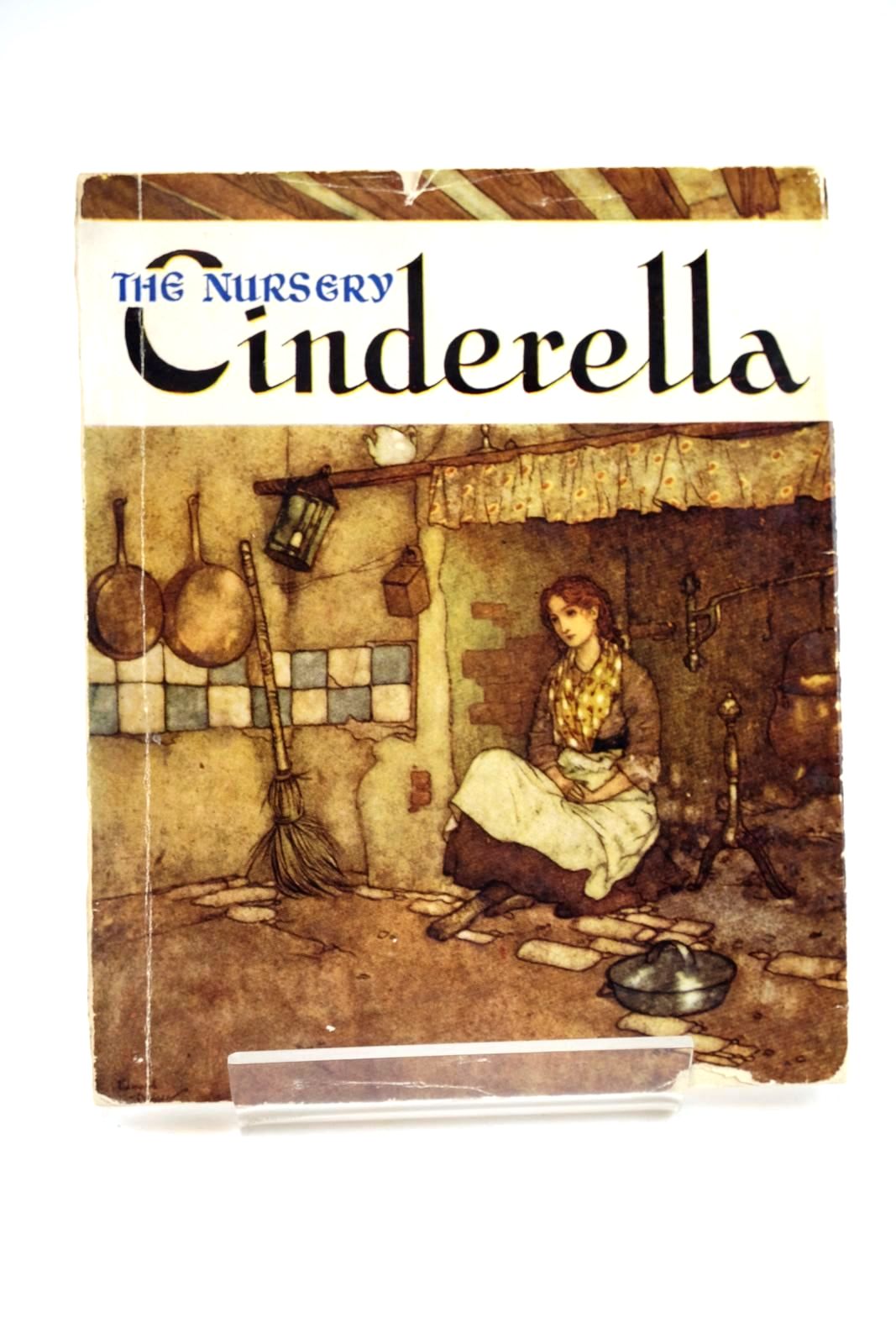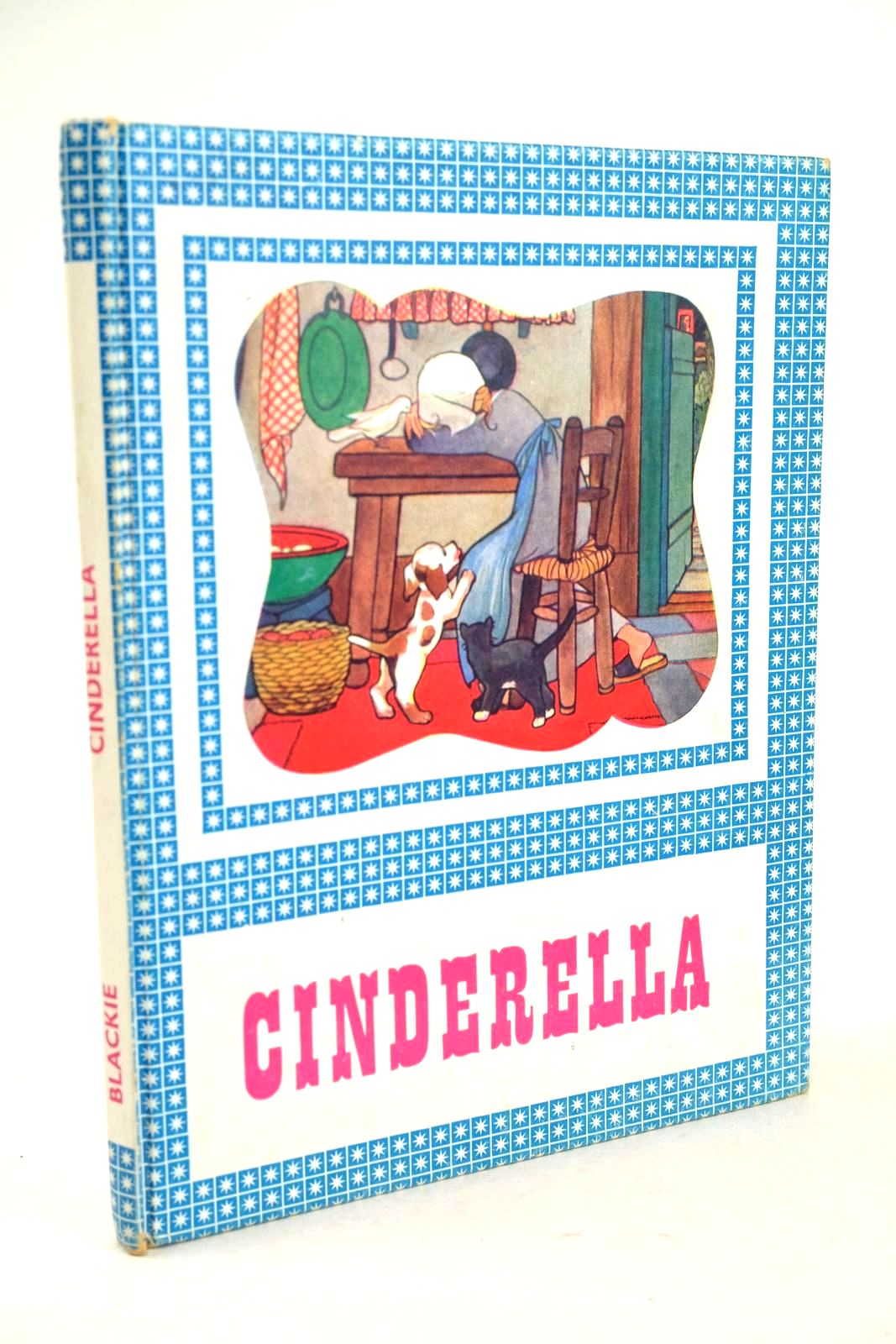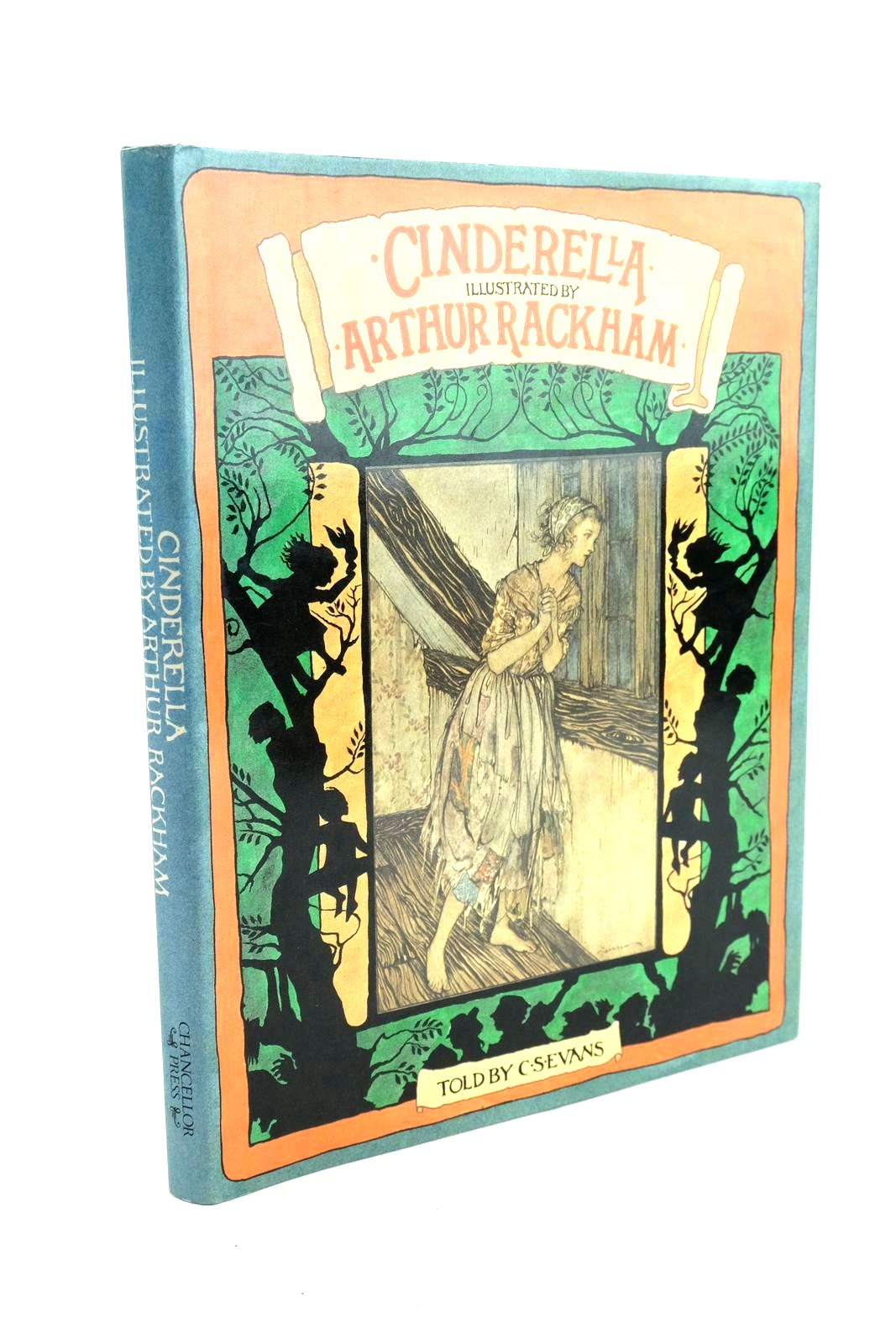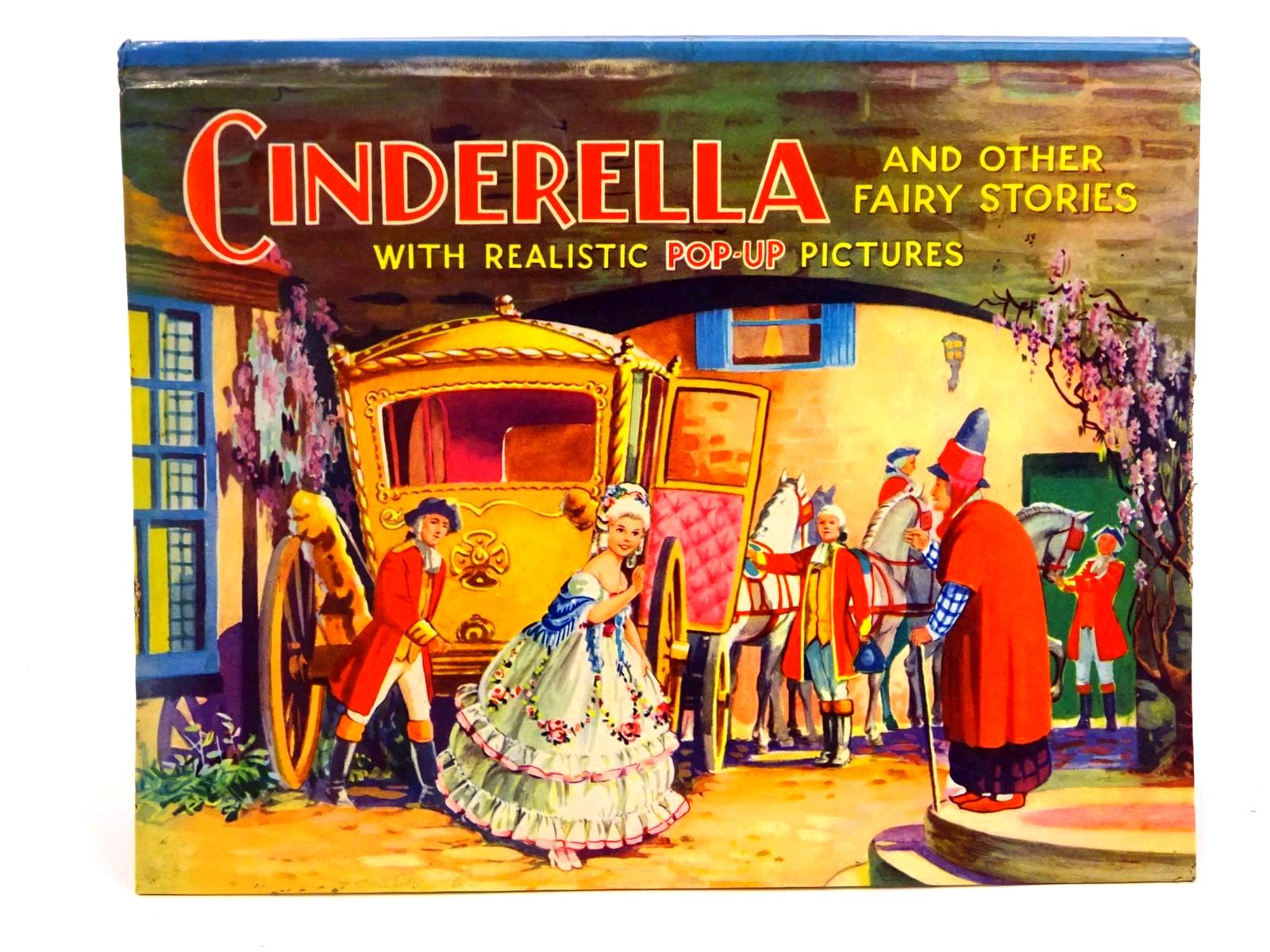Cinderella
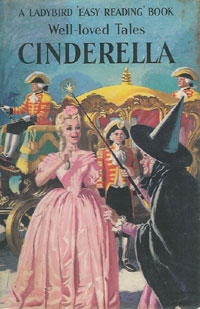 'Once upon a time there was a little girl called Cinderella...'
'Once upon a time there was a little girl called Cinderella...'
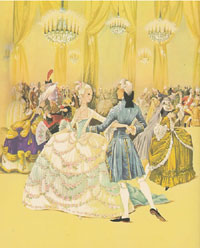 The enchanting story of Cinderella is weaved through the childhood of generations of children regardless of culture or language. What young girl did not dream of wearing sparkling gowns and dancing with a prince who would instantly fall eternally in love with her and whisk her off to his castle? The ending is perfect... 'And so Cinderella and the prince lived happily ever after.''
The enchanting story of Cinderella is weaved through the childhood of generations of children regardless of culture or language. What young girl did not dream of wearing sparkling gowns and dancing with a prince who would instantly fall eternally in love with her and whisk her off to his castle? The ending is perfect... 'And so Cinderella and the prince lived happily ever after.''
Right: Illustration by Janet and Anne Grahame Johnstone in 'Dean's Gift Book of Fairy Tales'
The tale starts with a young girl whose mother has died. Her father remarries a woman who already has two young daughters. The daughters are bad tempered and jealous of Cinderella's beauty and kind nature. The ugly sisters make Cinderella do all the work in the house and finally she is made to sleep by the hearth, hence the name Cinderella (or Cinders). One day a royal invite comes from the palace for all the ladies of the kingdom to attend a grand ball. Poor Cinderella helps her sisters ready themselves for the ball, but then, when her sisters have left, she cries as if her heart would break. If only she could go to the ball!
Left: Sumptuous wrapper design from the scarce 'Ladybird' edition Published by Wills & Hepworth
Suddenly Cinderella's fairy godmother appears and grants her wish. With a swish of her wand and the unwilling help of a rather large pumpkin, six mice, one rat and two small lizards Cinderella has a shimmering gold carriage pulled by six grey horses and cared for by a smart coachman and two young footmen. The fairy godmother then changes Cinderella's patched frock into the most dazzling of ball gowns. Finally, she is given the warning; the magic will end at midnight .
Cinderella dances the night away with her prince and only remembers the warning as the clock chimes midnight ! Fleeing into the night she stumbles, leaving one dainty glass slipper behind...
The story is ancient yet timeless. Folk lore and fairy tales grew from stories being told and retold, each retelling a little different, each with a little magic worked through it. But how did the story of Cinderella survive through the ages to be enjoyed by our children?

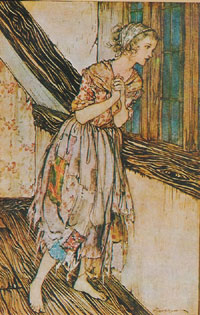

Above, left to right: illustrations by Walt Disney, Arthur Rackham and Edmund Dulac
Charles Perrault is one of the most famous names in the world of fairy tales and it is thanks to him that we can still enjoy the wonderful story of Cinderella. Born in France in 1628, Charles would have heard many of the traditional European folk tales. However, he took the unusual step of compiling the stories into a written volume. Perrault's earliest collection,'Tales from Times Past, With Morals' (later known as 'Tales from Mother Goose'), first appeared in France in 1697. It was a small volume of eight stories, including Cinderella, that were originally written for the court of Versailles. It was over 100 years later that Jacob and Wilhelm Grimm published their book 'German Popular Stories' in 1826 which also contained the story of Cinderella, although with a more gruesome interpretation than that of Charles Perrault!
Since then, the story of Cinderella has been rewritten by many different authors. One of the most interesting interpretations I have come across is authored by Roald Dahl and included in the book 'Revolting Rhymes''. In his rhyme one of the ugly sisters replaces the glass slipper with her own shoe and ends up beheaded by the prince. Cinderella decides she cannot possibly marry someone inclined to chop off heads and marries a jam maker instead. Unusual to say the least!
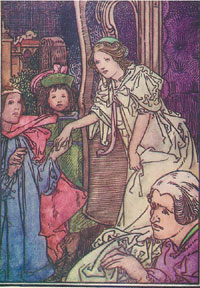 Another version of the story which is much sought after is that written by Vera Southgate and published by Wills & Hepworth, better known as Ladybird Books. This book is particularly scarce in a dust wrapper (see above). The most wonderful thing for me about Cinderella is the pictures. One of the earliest illustrators was Willy Pogany (1915 Harrap). He was closely followed byArthur Rackham who produced some beautiful silhouette illustrations along with one delicate colour plate for his edition of Cinderella (1919 Heinemann).
Another version of the story which is much sought after is that written by Vera Southgate and published by Wills & Hepworth, better known as Ladybird Books. This book is particularly scarce in a dust wrapper (see above). The most wonderful thing for me about Cinderella is the pictures. One of the earliest illustrators was Willy Pogany (1915 Harrap). He was closely followed byArthur Rackham who produced some beautiful silhouette illustrations along with one delicate colour plate for his edition of Cinderella (1919 Heinemann).
Left: Illustration by Charles Robinson.
There are also collections of Perrault's fairy tales, which include Cinderella, illustrated byCharles Robinson and Edmund Dulac. The colour illustrations of Dulac are exquisite!
In more modern times, Eric Winter produced some delightful illustrations for the Ladybird edition mentioned earlier. The story has also been illustrated by Walt Disney and Michael Hague. My personal favourite is the edition illustrated by the twin sisters, Janet and Anne Grahame Johnstone in 'Dean's Gift Book of Fairy Tales'. Their pictures are wonderfully elegant and yet childish in their interpretation. Also not to be forgotten are the unique and charming silhouette illustrations of Jan Pienkowski.
Whichever version of the story you read, whichever illustrations of Cinderella you loved, the tale is one that will never be forgotten. But remember, the best thing about fairy tales is sharing them with someone else...
Submitted by Claire Waldron.
(Published on 8th Dec 2014 )


